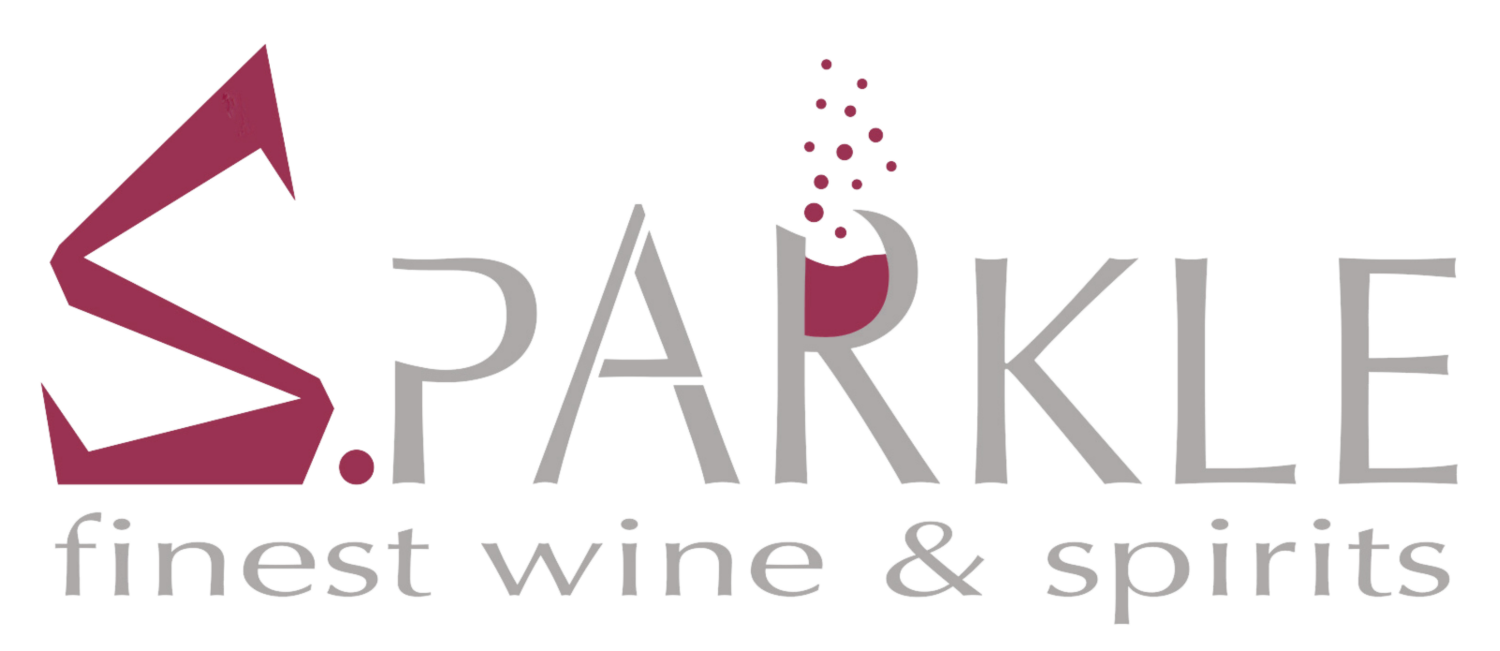This year too, June 4th is Cheese Day, so let's talk a bit about how wines can be perfect paired with food and which cheese to pair them with.
Cheeses are one of the gastronomic excellences of Italy and France, but also of other countries in the world. They are dairy products obtained from the coagulation of milk, flavored with juniper berries, spices or herbs, and subjected to various processes of processing and maturing. Cheeses differ in type of paste, fattiness, succulence, acidity, sweetness, bitterness, aroma, intensity and persistence. For this reason, pairing with wines is not always easy and requires some basic rules.
In general, it can be said that wines to be paired with cheeses must be able to enhance their flavour, but also balance the peaks of taste with the aroma and harmony of the bouquet.
Furthermore, it is necessary to take into account the seasonality of cheeses and wines, preferring fresh and light ones in summer and more structured and full-bodied ones in winter. Finally, one can follow the criterion of the territory, combining cheeses and wines from the same production area.
Let's now look at some examples of wine and cheese pairings, divided by type of pasta.
- Fresh cheeses : these are soft and moist cheeses, with little or no aging. They have a delicate flavor and a sweet tendency. The wines to pair should be light and not very full-bodied, to contrast just that hint of fattiness. Some examples? Burrata with Roero Arneis, Fiano di Avellino or Sicilian Chardonnay; Fiordilatte with Pinot Grigio delle Venezie or Tuscan Vermentino; Ricotta with Moscato d'Asti or Malvasia delle Lipari.
- Semi-mature and mature cheeses : these are semi-hard or hard cheeses, matured from a few months to several years. They have a more intense flavor and a salty tendency. The wines to pair must be more structured and full-bodied, to stand up to the comparison with the flavor. Some examples? Pecorino Toscano with Chianti Classico or Morellino di Scansano; Parmigiano Reggiano with Lambrusco di Sorbara or Barbera d'Asti; Gruyère with Merlot Ticino or Pinot Nero Alto Adige.
- Bloomy cheeses : these are soft and creamy cheeses, with a whitish rind caused by the mold Penicillium candidum. They have a delicate but persistent flavor and a tendency to acidity. The wines to pair must be fresh and fruity, to balance the acidity. Some examples? Brie with Sauvignon Blanc from the Loire or Alsatian Gewürztraminer; Camembert with Rhine Riesling or South African Chenin Blanc; Robiola with Franciacorta Brut or Prosecco Superiore.
- Washed cheeses : these are soft or semi-hard cheeses, with an orange rind caused by the mold Brevibacterium linens. They have a strong, pungent flavor and a bitterish tendency. The wines to pair must be aromatic and complex, to counteract the bitterness. Some examples? Taleggio with Valcalepio Rosso Riserva or Nebbiolo delle Langhe; Époisses with Chablis Grand Cru or Marsala Vergine; Munster with Gewürztraminer vendanges tardives or Sauternes.
- Stretched curd cheeses : these are elastic and stringy cheeses, obtained from a particular processing of milk. They have a sweet and delicate flavor and a juicy tendency. The wines to pair must be light and fresh, to accompany the succulence. Some examples? Buffalo mozzarella with Greco di Tufo or Verdicchio dei Castelli di Jesi; Smoked Provola with Aglianico del Vulture or Etna Rosso; Caciocavallo with Primitivo di Manduria or Nero d'Avola.
- Blue cheeses : these are soft or hard cheeses with bluish veins due to the mold Penicillium roqueforti. They have a spicy and persistent flavor and a sweet tendency. The wines to pair must be sweet and fortified, to harmonize the spicy. Some examples? Gorgonzola with Moscato di Pantelleria or Recioto della Valpolicella; Roquefort with Porto Vintage or Banyuls; Stilton with Sherry Pedro Ximénez or Tokaji Aszú.
- Goat cheeses (caprini) : these are soft or hard cheeses, obtained from goat's milk. They have a characteristic goaty flavor and a tendency to be acidic. The wines to pair should be fresh and mineral, to balance the acidity. Some examples? Fresh goat's cheese with Soave Classico or Vermentino from Liguria; Mature goat's cheese with Chianti Colli Senesi or Montepulciano d'Abruzzo; Crottin de Chavignol with Sancerre or Pouilly-Fumé.
These are just a few examples of the many possible pairings between wines and cheeses. Experiment with your favorite cheeses and wines and create your own personalized combinations.
And remember to always taste in moderation and responsibly. Cheers! 🍷




